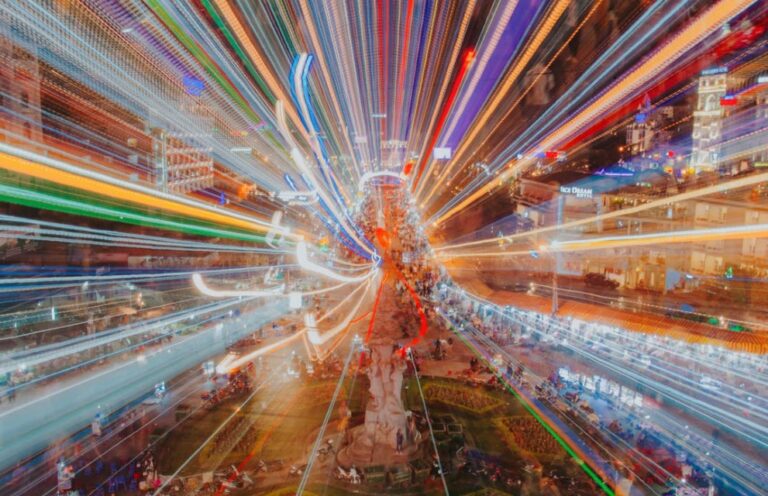The environmental crisis we are experiencing is (also) the result of progress. But what if it was progress that saved us? A short time ago we talked about how cities around the world are evolving towards smart cities, where intelligence means the ability to optimize the management of available resources in order to improve services, safety and quality of life for citizens.
This optimization necessarily passes through the hyper-connection of all the elements and subjects that make up the urban centre. Which in a word means the Internet of Things.
Table of Contents
Internet of Things applied to the environment
The Internet of Things (IoT), involves the network connection of theoretically anything, thanks to devices identifiable with an IP address and connected to software that allows the exchange of data without the need for human intervention.
What does this have to do with the environment? It has something to do with it, of course. Because the connection of objects online can allow the real-time optimization of production processes, economic activities and infrastructure services, significantly reducing pollution and resource consumption.
The applications, some of which have already been put into practice, are and could be many. Just think of the efficient management of public lighting. Which, thanks to a system of sensors, could be adjusted only according to real needs, reducing the quantity of electricity consumed. Or to devices that monitor air quality and noise pollution in order to plan remedial interventions.
So many opportunities to exploit
The list of examples could be very long. What is clear is that the opportunities, many of which have not yet been investigated or exploited, are enormous. Maciej Kranz, vice president of Cisco’s Corporate Technology Group, draws an exhaustive picture of the ongoing revolution and all the possibilities that the Internet of Things could offer in terms of reducing the environmental impact of modern societies in the recently published text.
Managing the water supply of developing countries
The key to success, explains the expert, is not to use digitized solutions in an imprecise way. But to identify specific problems and exploit IoT technologies by combining them with business models and well-designed strategies.
A case in point is the Smart Handpumps Oxford University Kenya pilot project, developed by a research team from the University of Oxford to improve water supply in Kenya. In these rural areas, water is obtained from wells using hand pumps, which however often they do not work correctly.
The project involved the installation of motion sensors applied to the handles of the pumps, connected to the cellular network. When a pump stops working, the alarm is sent to the maintenance company which intervenes promptly.
The result was not only an improvement in the service but also the creation of a new resource management model. Thanks to the data collected, it is possible to monitor water consumption and implement targeted strategies or interventions to optimize and rationalize the use of water.
Wind farms work like an IoT system
Over the last year we have witnessed a clear leap forward on the renewables front. In the spring of 2016, Germany managed to cover its national energy needs with renewable sources for two consecutive Sundays and for a few hours.
Portugal has done much more. Thus covering the entire national electricity consumption for just over four days thanks to solar, wind and hydroelectric energy alone. Denmark also achieved a very similar goal. These results were achieved mainly by exploiting two renewable systems, photovoltaic and wind.
Wind farms, according to Kranz, are the perfect example of how a complex IoT system works. This is because they are a combination of sensors, analytics and predictive maintenance, and remote monitoring. As well as a myriad of wind turbines connected to what functions as a single organism integrated connected to the electrical network.
We are only at the beginning of this revolution. And returning to the question we asked ourselves at the beginning, we could say that yes, perhaps it will be progress itself that will offer us the solutions to face the environmental challenges that await us.
Read also: Green IT: when information technology is environmentally friendly












